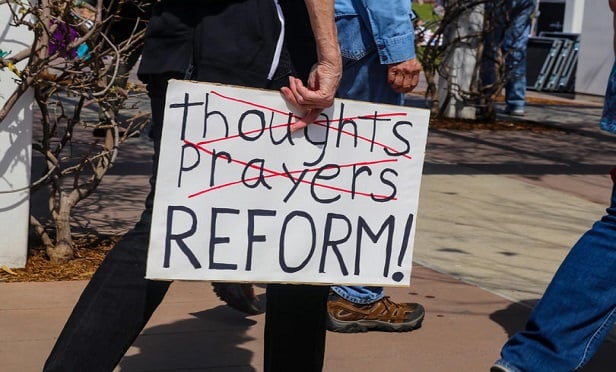 By taking proactive measures, risk managers — with the support from their school or institution — can mitigate risk and prepare for a worst-case scenario. (Credit: Shutterstock)
By taking proactive measures, risk managers — with the support from their school or institution — can mitigate risk and prepare for a worst-case scenario. (Credit: Shutterstock)
As students and faculty across the country return from winter break, there is no better time to reevaluate policies at the start of the calendar year. For risk managers, there are two items that should be at the top of their back-to-school list: updating active-shooter insurance policies and ensuring the proper response procedures are in place. From 2018 to 2019, 46 school shootings resulted in the loss of property, finances, and most importantly, hundreds of injuries and fatalities.
Recommended For You
Want to continue reading?
Become a Free PropertyCasualty360 Digital Reader
Your access to unlimited PropertyCasualty360 content isn’t changing.
Once you are an ALM digital member, you’ll receive:
- Breaking insurance news and analysis, on-site and via our newsletters and custom alerts
- Weekly Insurance Speak podcast featuring exclusive interviews with industry leaders
- Educational webcasts, white papers, and ebooks from industry thought leaders
- Critical converage of the employee benefits and financial advisory markets on our other ALM sites, BenefitsPRO and ThinkAdvisor
Already have an account? Sign In Now







